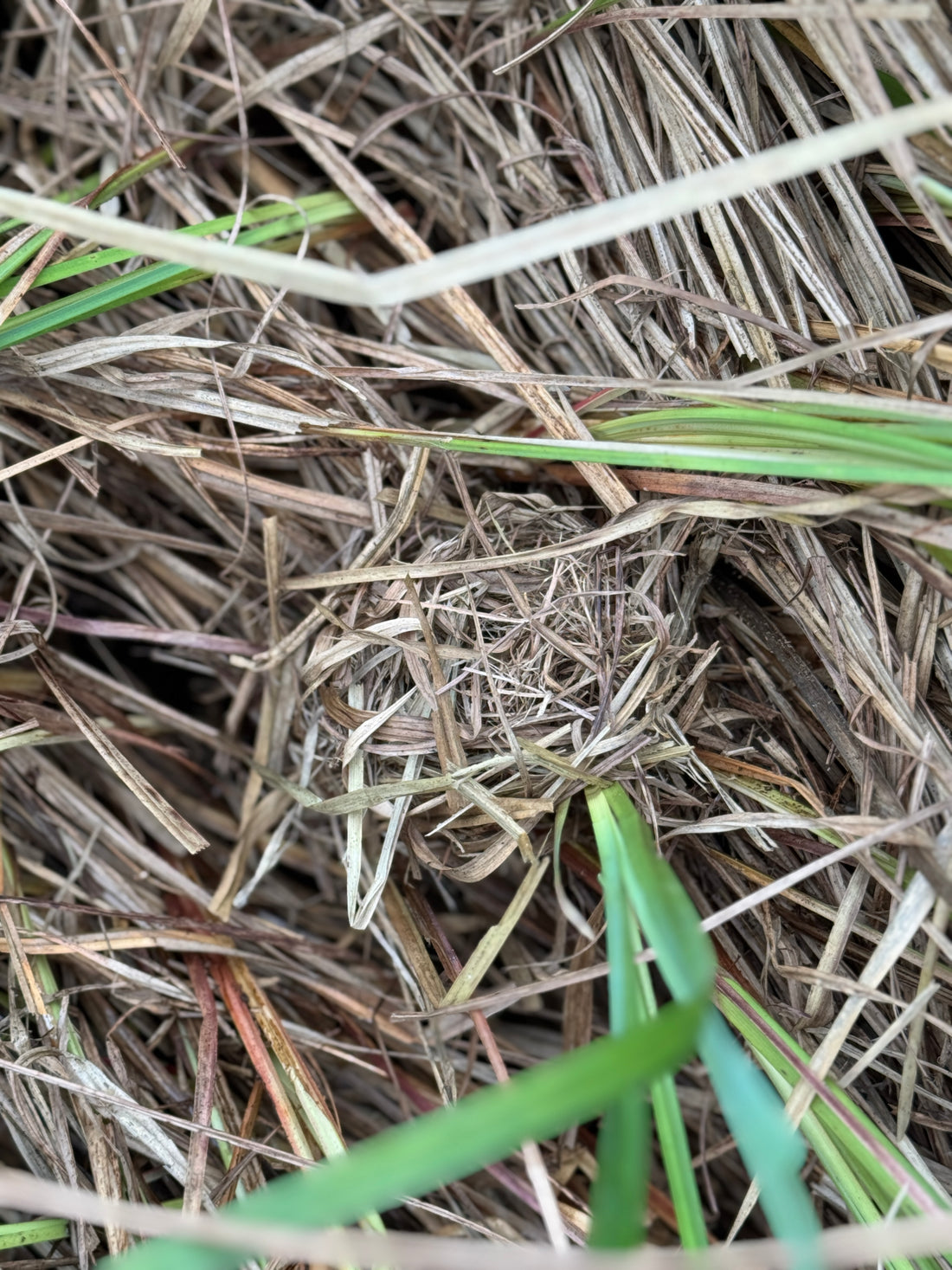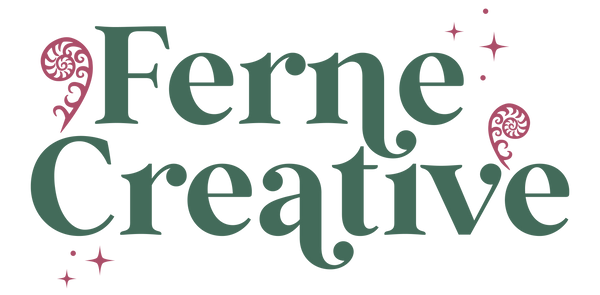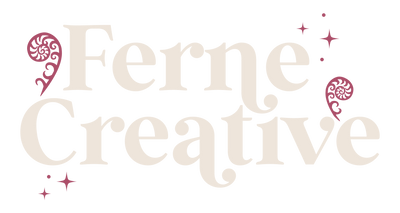
Volunteering with Gwent Wildlife Trust: Harvest Mouse Nest Survey at Magor Marsh
Last week, I had the amazing opportunity to volunteer with the Gwent Wildlife Trust for their harvest mouse nest survey at Magor Marsh. The day was filled with learning, and a deeper appreciation for these tiny yet remarkable creatures that weave their homes among the tall grasses.
The Gwent Wildlife Trust team guided us through the essential techniques for identifying harvest mouse nests. They shared insights from the National Harvest Mouse Survey, which is a project dedicated to understanding the distribution and population status of these small mammals across the UK. We learned that harvest mice are the smallest rodents in Europe, and their nests are a crucial indicator of their presence in an area. The nests are intricate, ball-shaped structures woven from grass, typically found in dense vegetation.

Armed with this knowledge and our long survey sticks, we headed out into the marsh. Our group split and moved in a coordinated line, a bit like a search party, combing the fields for evidence. We used the sticks to gently part the tall, matted grass that the harvest mice use for nesting. In the summer, this grass stands upright, creating the perfect environment for the mice to weave their nests high off the ground. But in the autumn, with the colder weather setting in, the grasses have bent over, making it easier for us to spot any nests. This is also the perfect time to be exploring the grass as the mice have long left their nests and there is no risk of disturbing nesting birds.

At first, it was challenging to spot anything among the tangle of grasses. But once you see a harvest mouse nest, you can’t miss it! The nests are compact and skillfully woven, and they stand out in the flattened vegetation like little hidden treasures. As we worked through the fields, we found a total of 11 confirmed harvest mouse nests which was the best survey our leader has had on record for the site! Some were larger breeding nests, where the mice raise their young, while others were smaller, individual nests used by solo mice. It felt like a real achievement to contribute to this valuable research and learn that the mice population is increasing in the area.
I even had the thrill of finding a nest myself! However, it was a bit of a puzzle: the nest had fine, shredded grass woven into it, which made it difficult to determine whether it belonged to a harvest mouse or a field vole. The team explained how some nests can be tricky to identify and require a closer look, or sometimes even lab analysis, to confirm the species so they took photos to investigate before submitting.

One of the highlights of the day was learning that anyone can get involved with monitoring harvest mice. If you’re passionate about wildlife conservation and want to contribute to the National Harvest Mouse Survey, you can conduct your own independent nest surveys or record nest findings using the Mammal Mapper app. This tool helps researchers collect valuable data and track the distribution of harvest mice across the country. This is what we used on the day, setting up a survey and taking photos of all the nests we found.

Volunteering with the Gwent Wildlife Trust at Magor Marsh was a memorable experience. It was rewarding to be out in nature, learning from experts, and playing a small part in the conservation of a species that often goes unnoticed. Harvest mice might be tiny, but their nests—and the work to protect them—are hugely important. If you ever get a chance to join a survey or volunteer with your local wildlife trust, I highly recommend it. You'll gain new skills, meet passionate people, and make a real difference for wildlife.
Here's to more adventures, and hopefully, more hidden nests to discover!


